Stonehenge has long captivated historians, archaeologists, and curious onlookers alike with its towering stones and mysterious origins. Recent findings have unveiled that some of the massive stones at Stonehenge originated much further than originally thought.
Specifically, one of the largest stones, known as the altar stone, has been traced back to northern Scotland, more than 500 miles away. This discovery challenges previous beliefs about the construction of Stonehenge and provides new insights into early British societies.
The Mystery of Stonehenge
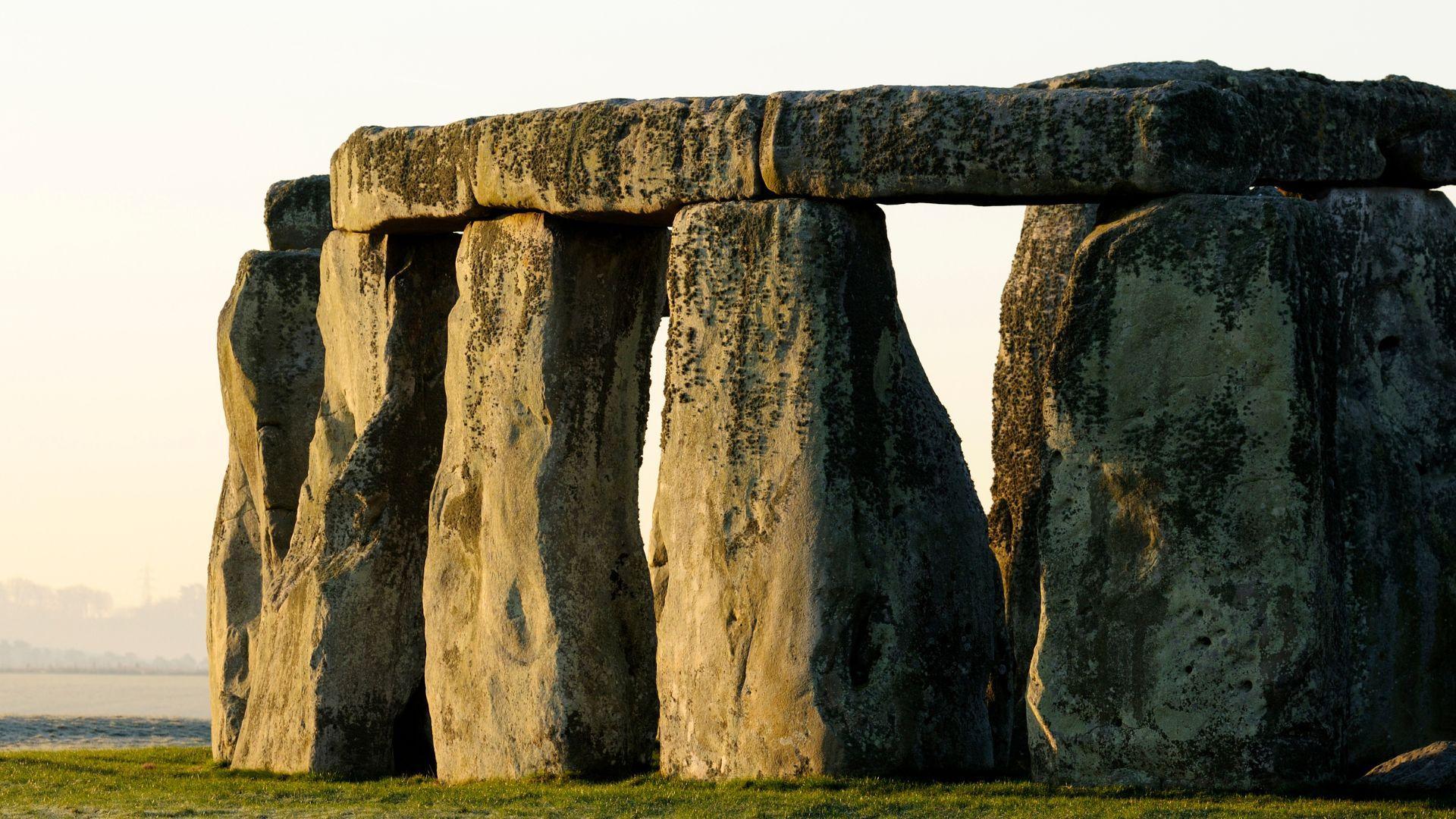
For centuries, Stonehenge has remained one of the world’s most enigmatic landmarks. Located on Salisbury Plain in Wiltshire, England, this prehistoric monument has sparked countless theories about its purpose, construction, and the people who built it.
Despite extensive research, many questions still surround Stonehenge – and this new discovery only deepens the mystery. While it was previously established that some of the smaller stones came from Wales, the origin of the larger stones, including the altar stone, has been a subject of debate. At least one of these stones has its roots in a much more distant part of the British Isles.
When Was Stonehenge Built?

Archaeologists believe that people started constructing Stonehenge around 5,000 years ago in the late Neolithic Age.
Construction was a lot slower back then, and it took over 1,000 years to build the monument! It’s believed that it wasn’t finished until the early Bronze Age, in 1,500 BC.
The Altar Stone’s Central Role
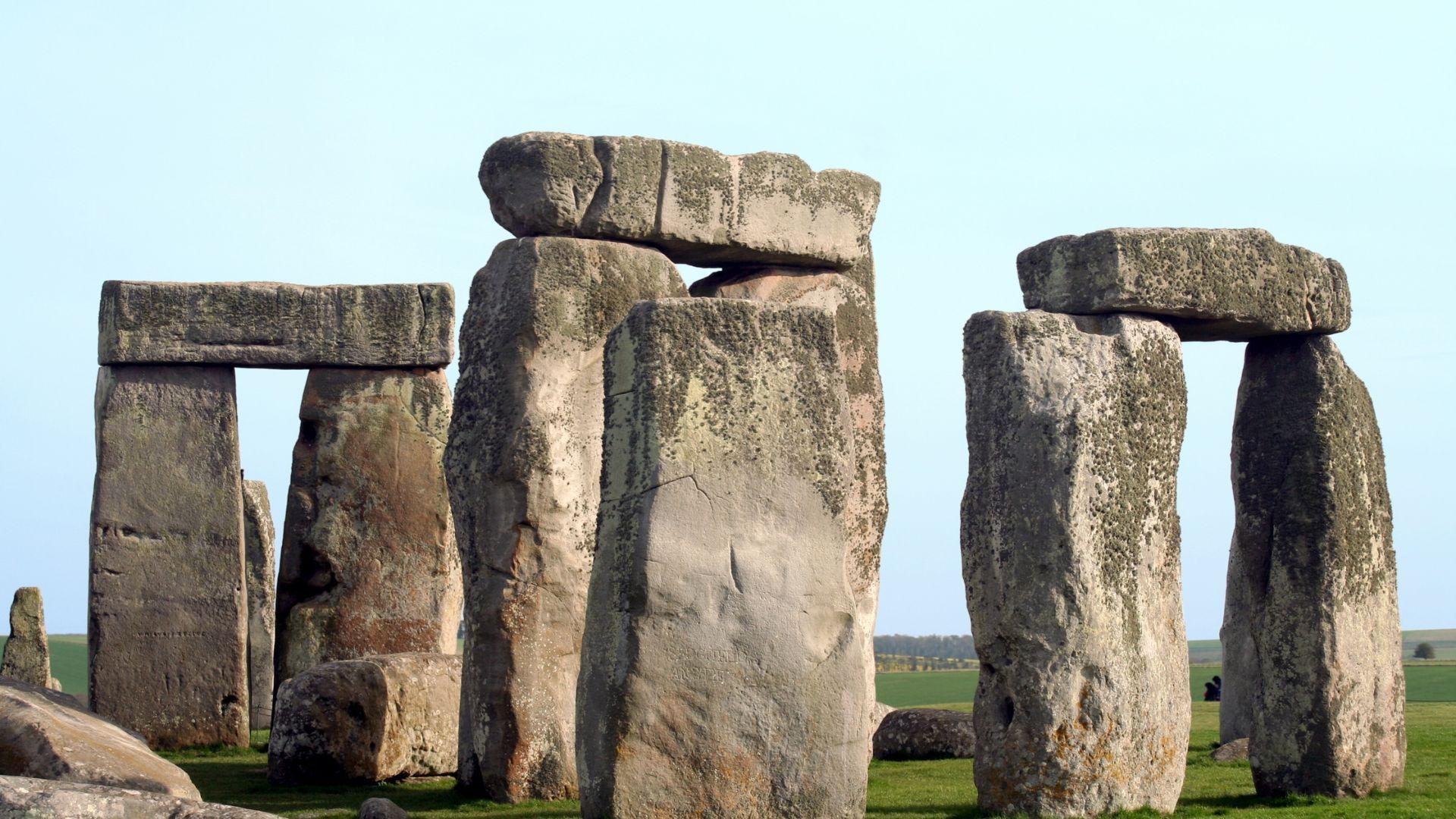
The altar stone is a crucial element of Stonehenge, occupying a central position within the monument. Its significance goes beyond its physical location; it is believed to have played a key role in the rituals and ceremonies conducted at the site.
The fact that this stone was chosen from such a distant location indicates that it held special importance for the builders. While we may never know if it was chosen for its unique material properties, symbolic meaning, or spiritual associations, we can say for sure that the selection of the altar stone from Scotland was a deliberate choice by the Neolithic people.
A Surprising Scottish Connection
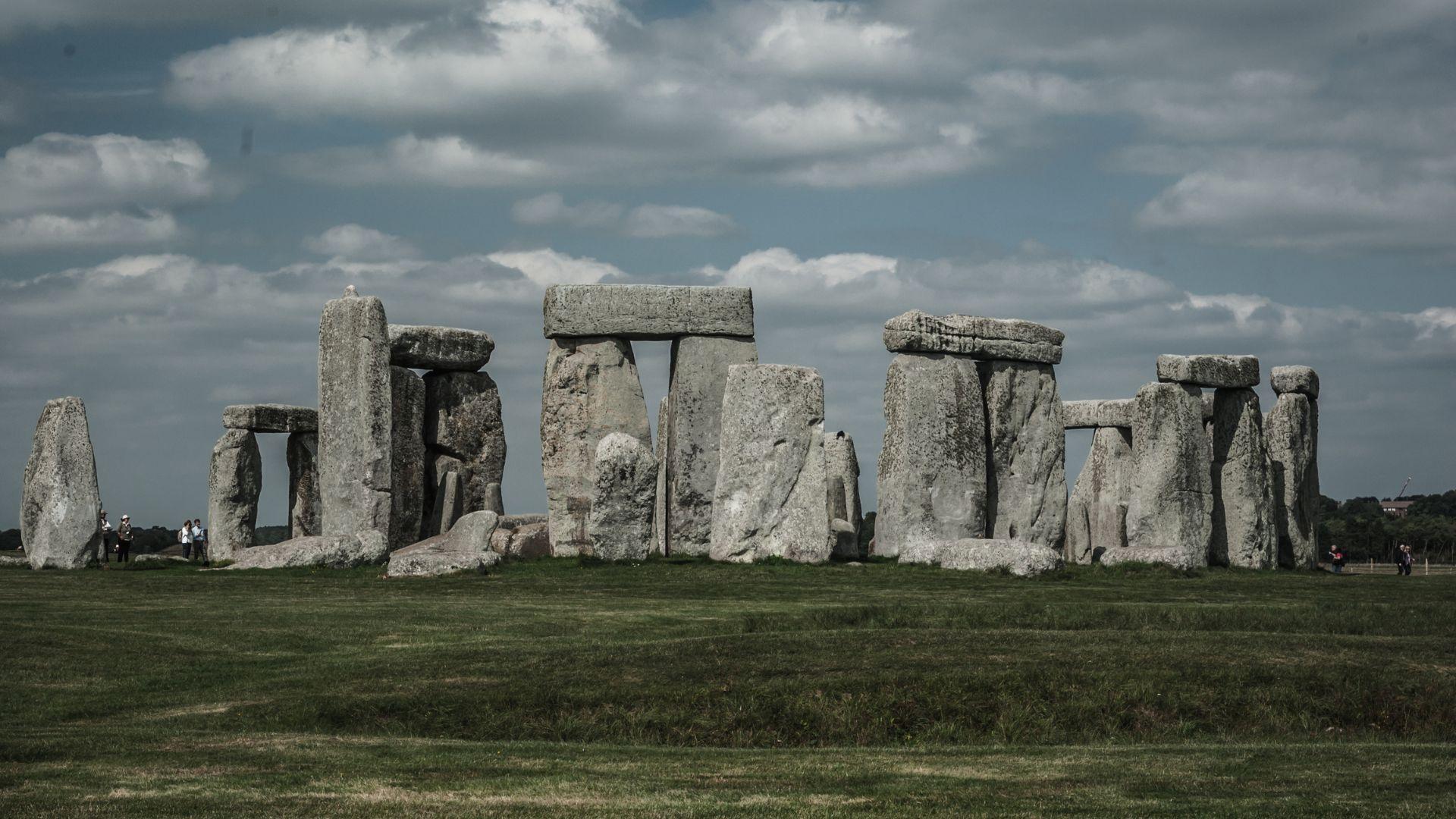
The discovery that the altar stone at Stonehenge may have originated in northern Scotland, specifically in the Orkney region, has turned previous assumptions on their head. How did ancient people, with no cars, carts, or even horses, manage to transport 25 tons of rocks hundreds of miles?
The revelation suggests a level of interaction and connection between distant communities in Neolithic Britain. Stonehenge probably wasn’t just a local effort. Instead, this discovery points to a tight-knit community across the British Isles.
Why Scotland?

Northern Scotland is about as far away as one could get from Stonehenge without leaving the British Isles. The question is, why carry the largest stone – which weighs about the same as 6 African elephants – so far?
There’s no way to say for sure why Orkney was chosen. It’s thought to have been one of Neolithic Britain’s most advanced civilizations. Archeologists are speculating that there may have been a political or religious link between the communities in Scotland and Southern England that prompted them to collaborate on this monument.
Exciting Legends
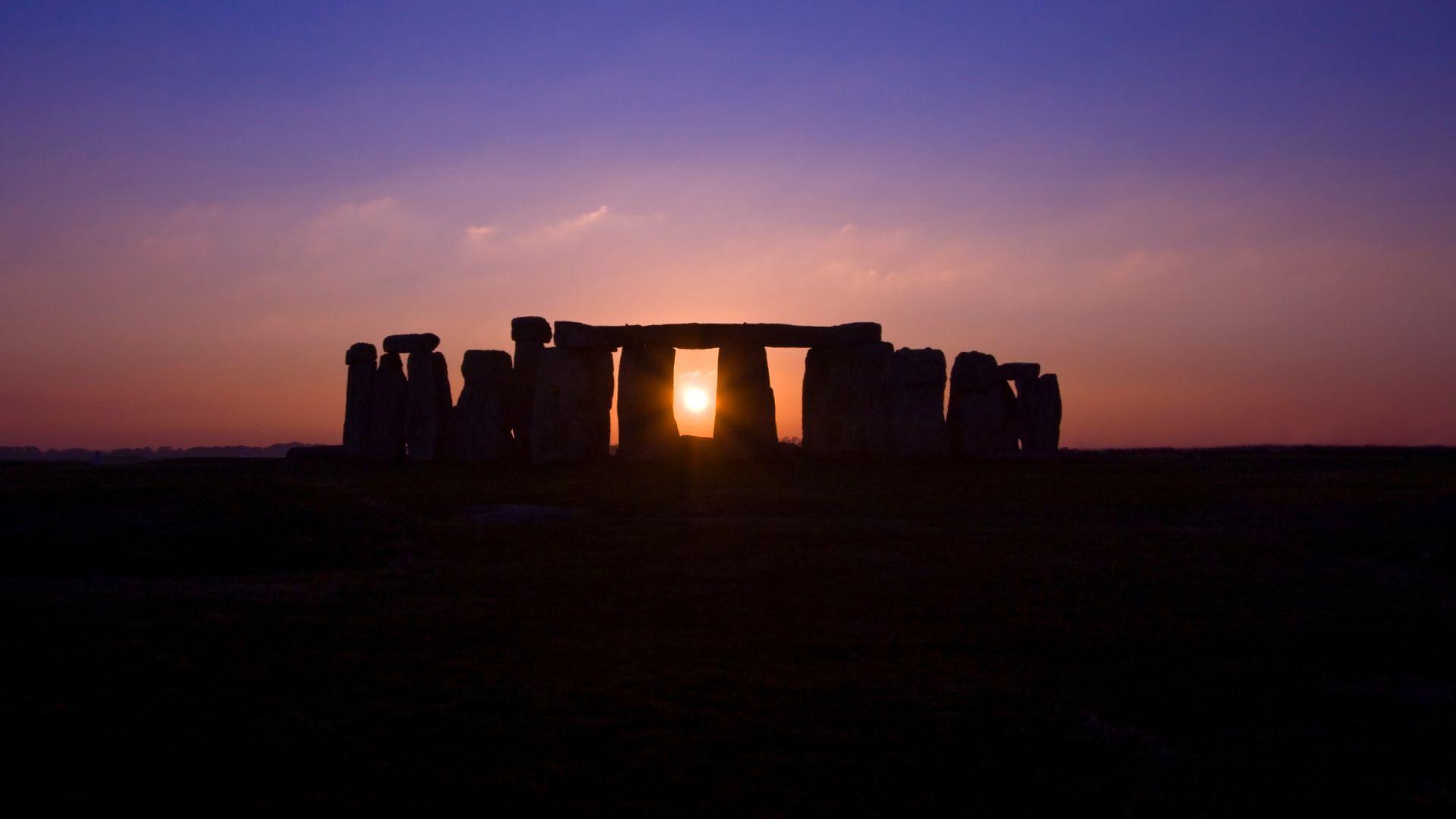
People have been speculating on Stonehenge’s origins for centuries. One theory from the 12th century claims that giants created the monument in Ireland. One day, the wizard Merlin magically moved the stone circle all the way to England.
While it wins for the most exciting theory, it’s (probably) not the truth. But what really happened? Did it really take magical feats of strength?
So, How Did It Really Get There?
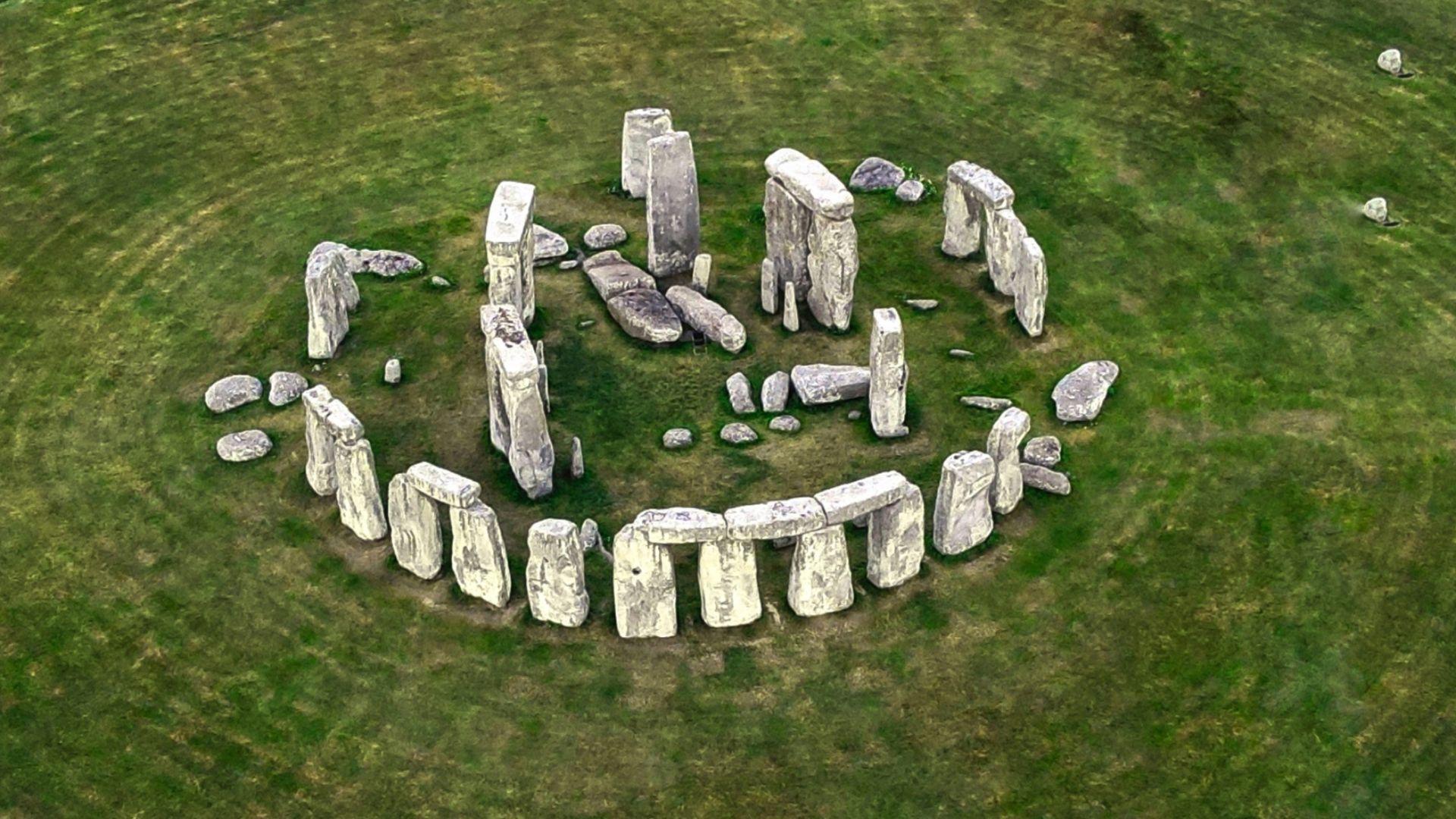
The most plausible explanation for how the altar stone made its way from Scotland to southern England is a combination of land and sea transport.
It’s now thought that people dragged the stones to a waterway, and then placed them on rafts that carried them downstream to England.
The Power of Friendship

The implications of this discovery extend beyond Stonehenge itself. If stones were being transported from as far away as Scotland, this would have taken a huge group of people to organize and cooperate.
4,500 years ago, Britain likely had some level of political and religious cooperation. Somehow, people across Britain must have known that Stonehenge existed, decided to expand it, and agreed to work together. They _chose_ to collaborate for a goal that went beyond basic survival.
How Do We Know This?
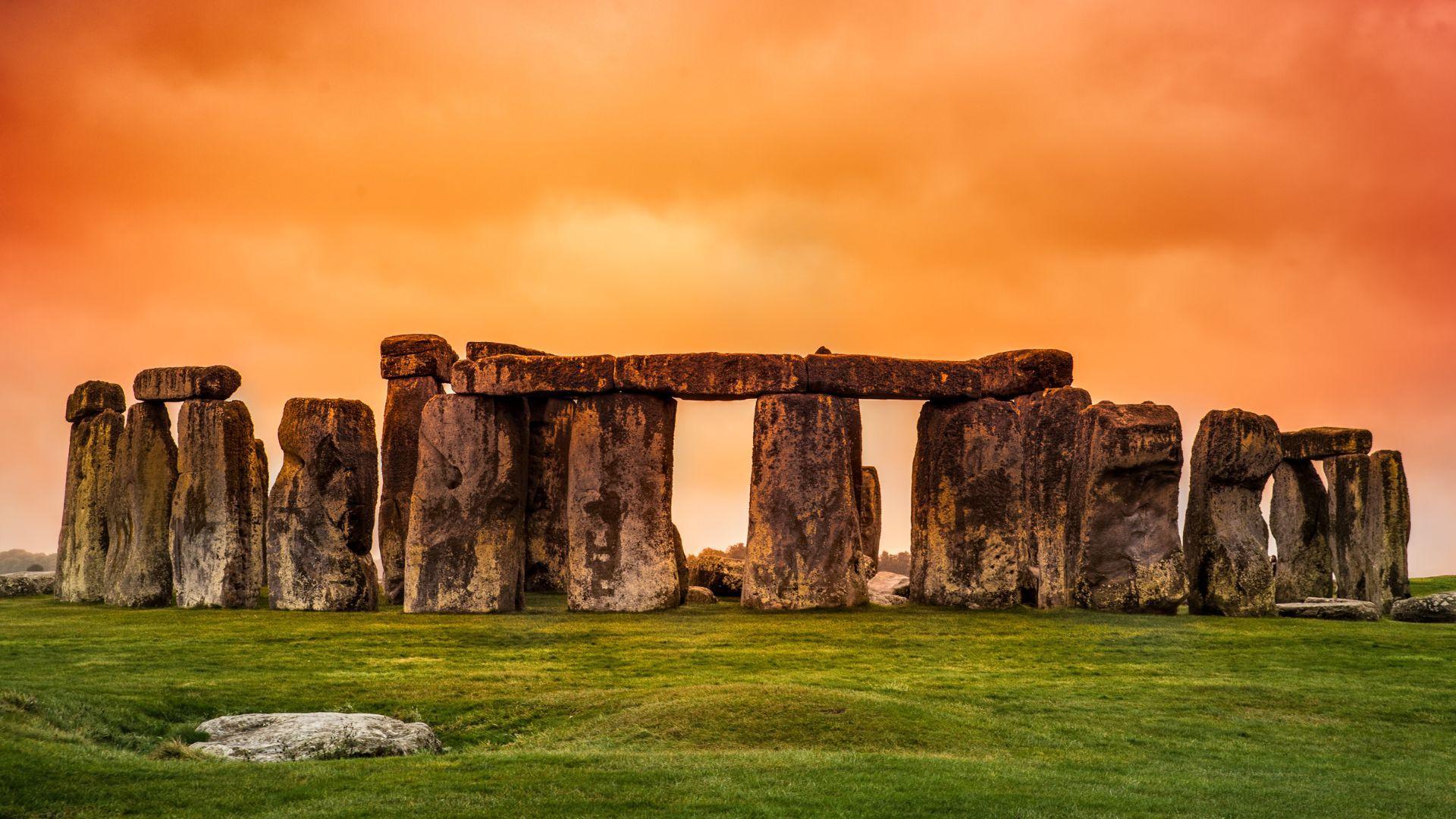
We have British geologists at Curtin University to thank for these new revelations. Their research was able to pinpoint the altar stone’s mineralogical fingerprint. This showed that the closest match was the far north of Scotland.
One of the researchers, Anthony Clarke, said, “It’s been a two-year voyage of discovery for me and my colleagues. We collated more than 500 ages for the minerals within the altar stone, and it was those ages which, when correlated, gave us the crucial chronological fingerprint which revealed the northern Scottish origin of the rock.”
Ongoing Research
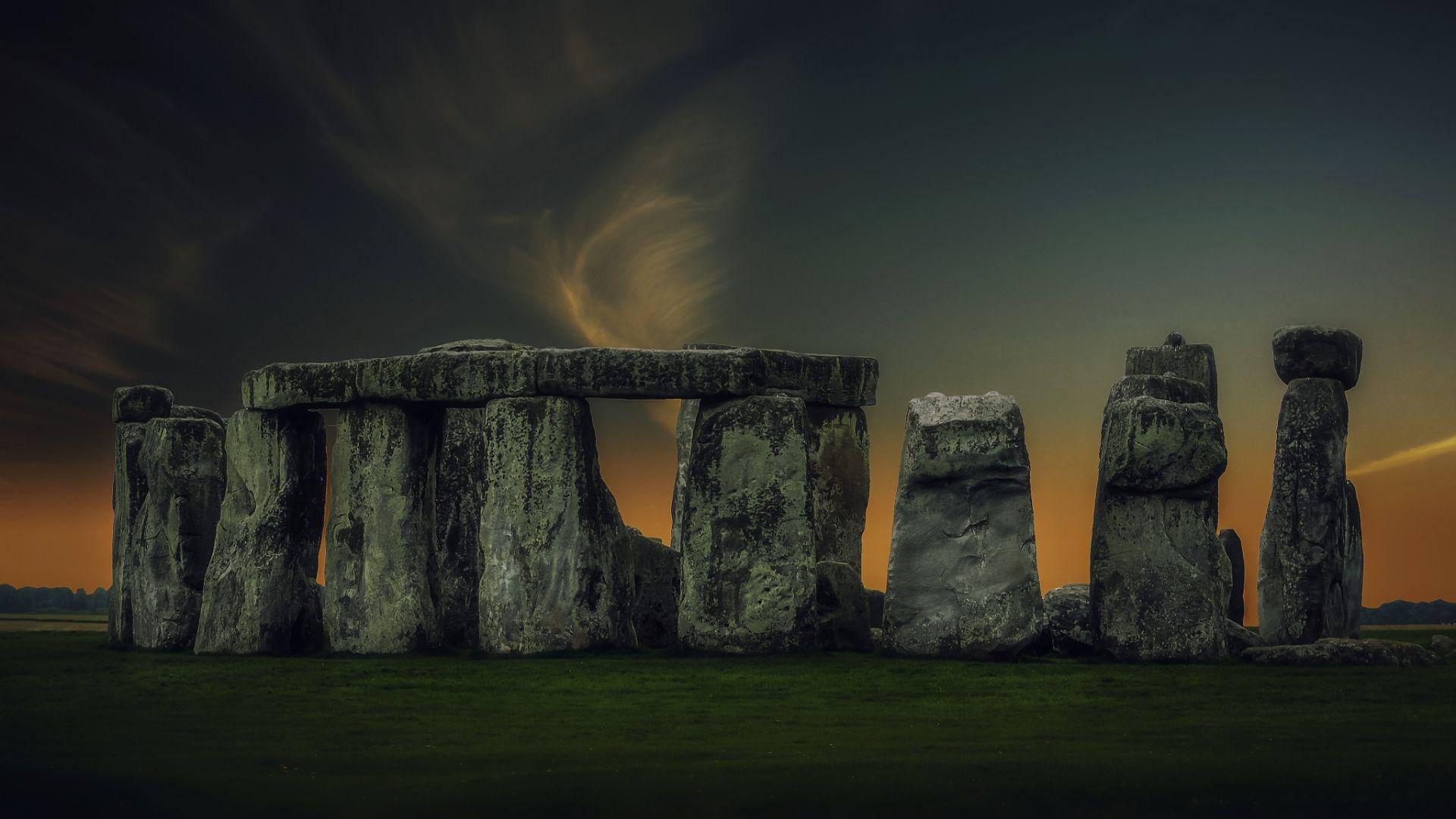
The discovery of the altar stone’s Scottish origins is just the beginning of a new chapter in the study of Stonehenge. “It completely rewrites the relationships between the Neolithic populations of the whole of the British Isles,” Dr Robert Ixer, a senior research fellow at the Institute of Archaeology in London, commented. “The science is beautiful and it’s remarkable, and it’s going to be discussed for decades to come … It is jaw-dropping.”
Archaeologists are now re-examining other stones at the site to determine if they, too, may have come from distant locations. As research continues, we can expect more revelations that will add to the already rich tapestry of Stonehenge’s history.
Rewriting History
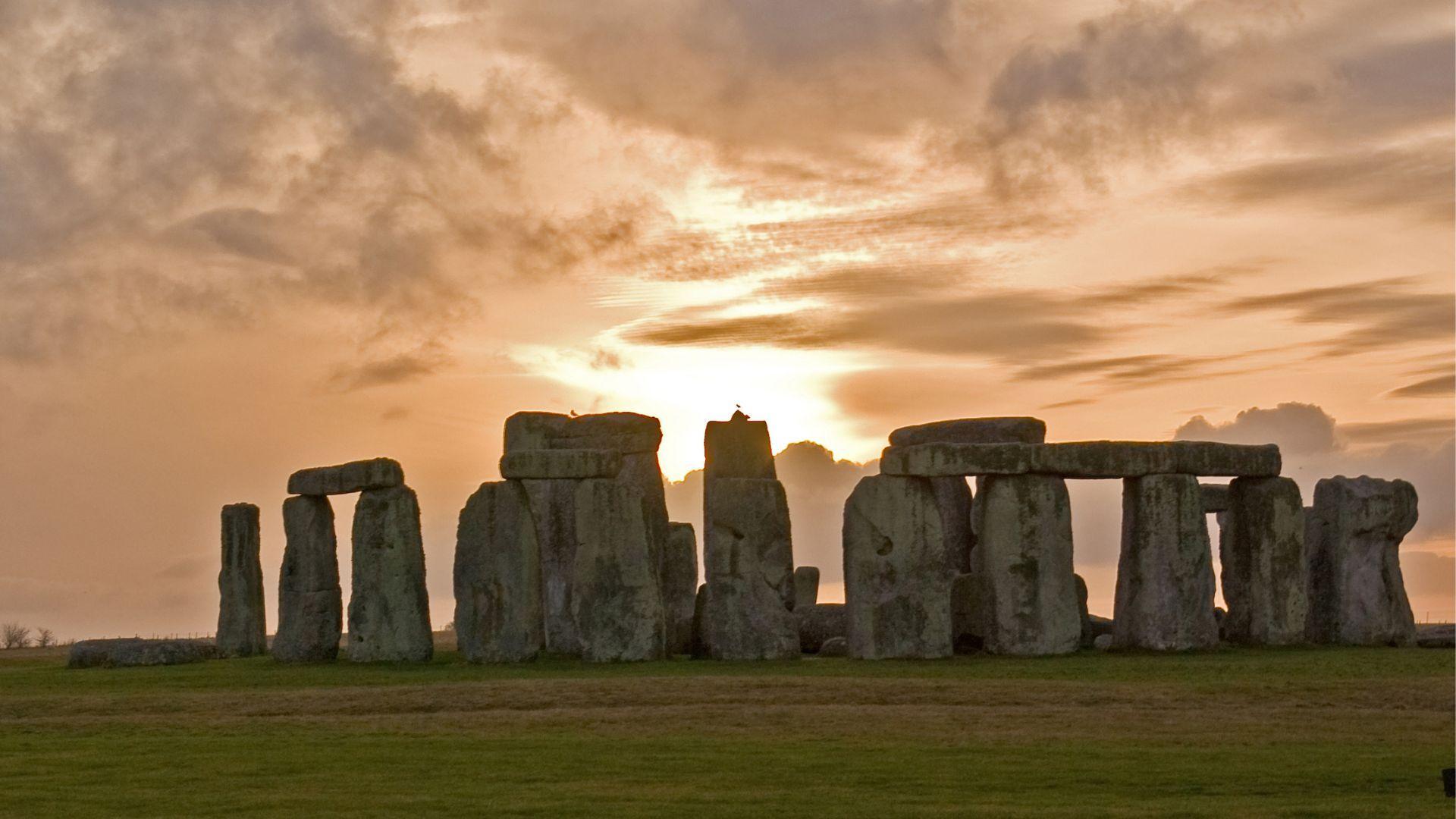
This discovery proves that the old idea that prehistoric people were ‘stupid’ is a bunch of rubbish. They were able to coordinate among themselves and cooperate to achieve one goal. That’s a level of cooperation that’s difficult to achieve even today.
As historians and archaeologists reassess the evidence, we are likely to see a major shift in our interpretation of Stonehenge. This discovery is a reminder that, even after thousands of years, Stonehenge still has the power to surprise us and to rewrite history books.

